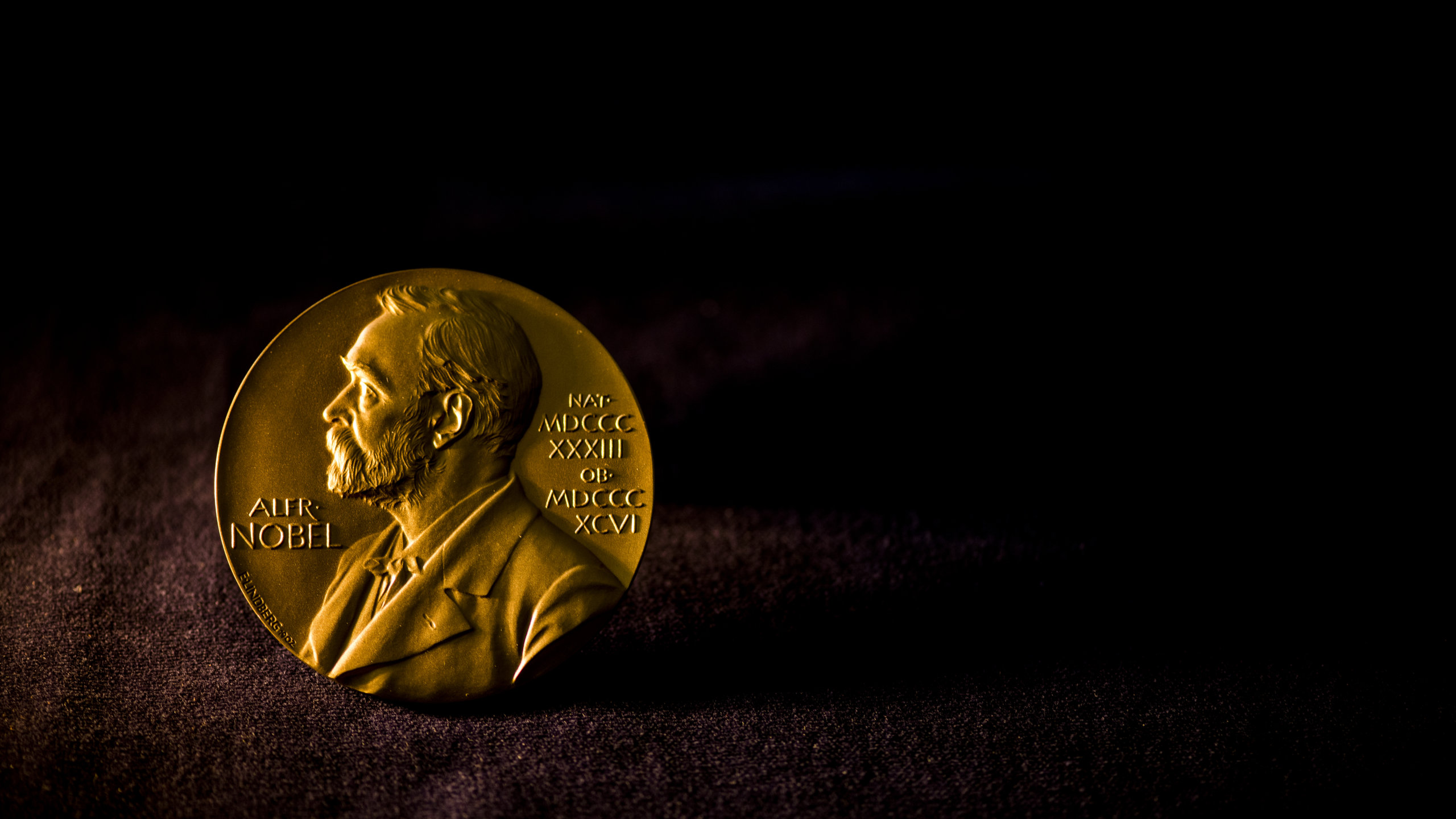MEASUREMENT OF SURFACE TENSION AND INTERFACIAL TENSION
Surface and interfacial tension is very important physico-chemical property which affects the surtace chemistry of the substances whether solid, liquid or gas. Surface area is gaining importance in the characterization of material during their development, formulation and manufacturing. The chemical activity, adsorption, dissolution and bioavailability of a drug may depend on the surface characteristics of the molecule.
In order to meet manufacturing challenges and to develop new and good quality products; knowledge of surface and interfacial tension is of utmost importance. In solid dosage forms, tablet is the most popular and widely used dosage forms. During manufacture of tablet; surface property of particle plays an important role in mixing of powder, and film coating of tablet. Similarly, during manufacturing of various other pharmaceutical products, there are obvious chances that different phases may come closure and develop the interface. It may be either solid-liquid, solid-solid, liquid-liquid and solid-gas interface, which may seriously affect the manufacturing of solid and liquid dosage forms like; powders, tablets, suspensions, emulsions and various other novel drug delivery systems, viz; liposomes, transdermal dosage forms etc.
Thus, measurement of surface and interfacial tension is one of the important criteria at the preformulation stage of formulation development.
1. CAPILLARY RISE METHOD
Principle: When a capillary is immersed in a liquid, the liquid rises up the tube to a certain height. This rise in liquid in capillary tube is due to the greater force of adhesion between water and the capillary wall than the forces of cohesion between the water molecules, The two opposing forces i.e., upward force due to surface tension (ST) and the downward force due to weight of the column of the liquid in the capillary tube, are at equilibrium.
Procedure:
- Take appropriate size of capillary, clean and dry.
- Focus the travelling microscope to measure internal diameter of the capillary tube.
- Take 50 ml of liquid in 100 ml of beaker.
- Fix the capillary in a stand and dip in it on the surface of the liquid in beaker.
- When liquid rises in the capillary, measure the height by travelling microscope by focusing first at ht meniscus, remove the beaker and then focus at the tip of the capillary.
- Determine the density of liquid by pycnometer.
2. DROP FORMATION METHOD (BY STALAGMOMETER)
Principle: When liquid comes out of the capillary, it first forms a drop at the tip of the capillary tube which gradually increase in size and finally detaches from the tip. The weight of drop equals to the total surface tension at the circumference of the tube.
Procedure:
1. Clean and dry Stalagmometer and fix vertically on the stand
Suck given liquid up to the mark "A".
3. Allow liquid to drop slowly from the tip,
4.Collect about 20 drops in a clean tared vessel and weigh.
5.Determine the weight of one drop by dividing weight of liquid by number of drops.
6.Clean and dry Stalagmometer and fill it with second reference liquid (say water) and determine the weight of one drop similarly as done before fro given liquid.
3. WILHELMY PLATE METHOD
This method is used to measure equilibrium surface or interfacial tension at air-liquid or liquid-liquid interface. A simple apparatus consists of a glass, mica or platinum plate attached with the torsion micro-balance. The plate is oriented perpendicular to the interface and the force exerted on the plate at interface between the two immiscible liquids or surface of the liquid is measured using micro-balance.
When the vertically suspended plate touches the liquid surface or interface, then a force F, which correlates with the surface tension or interfacial tension y and with the contact angled, Thus, the force (F) exerted on the plate is equal to the surface tension multiplied by the perimeter of the plate i.e., 2l + d) and the contact angle cos O. I is the length of plate and d is the thickness of the plate. The force exerted (F) is the difference in the balance reading prior and after to detachment of plate, hence,
F. = (WL - W).
Take the liquid in a beaker and the pale is immersed in the liquid. Now, the liquid container or beaker is gradually lowered. The reading of the balance is noted immediately just prior to the detachment of the plate and also the after detachment of the plate in the air.
The surface tension y is calculated using Wilhelmy equation assuming complete wetting of plate (0=0), where 0 is the contact angle between the liquid phase and the plate.
4. DU NOUY TENSIOMETER METHOD
This method is used to determine surface tension and interfacial tension which is related to the force required to pull ring through a liquid. It can measure the surface tension at the interface of oil and water system.
The ring called Du Nouy ring is made up f platinum-iridium metal. It can also be made up of Teflon or polyethylene. The ring is attached with the Tensiometer having a dial to measure the pull force at the time of detachment of ring from the surface of liquid film.
The step-wise procedure to conduct the experiment to determine the surface tension of a given liquid can be done as follows:
1.Clean the ring thoroughly before use.
2.Attach the ring to the lever arm.
3.Fill liquid sample in a vessel such as an evaporating dish, Petri dish, or beaker with a
diameter of at least 4.5 cm to minimum depth of 1.0 cm.
4.Record the exact temperature.
5.Place te vessel on the sample table.
6.Raise the sample table assembly until the ring immersed approximately 5 mm in the liquid.
7.Lower the sample table assembly until the ring is just below the surface of the liquid.
8. Continue lowering the sample table assembly slowly until the ring is just within the surface of the liquid. At this juncture, the reading on the dial is still zero.
9. Gradually increase the torsion of the wire while slowly lowering the table. Continue
this until the liquid film breaks and the ring breaks free.
10. The dial reading at the breaking point to the liquid film is the force of the pull exerted on the ring, or the apparent surface tension.
11. This apparent surface tension must be adjusted by using a correction factor that accounts for the circumference of the ring, the size of wire used in the ring, and the density of the liquid.
.png)















.jpg)







 a quick overview on Nobel Prizes
a quick overview on Nobel Prizes  ADSORPTION AND SURFACTANTS (SURFACE ACTING AGENTS)
ADSORPTION AND SURFACTANTS (SURFACE ACTING AGENTS)